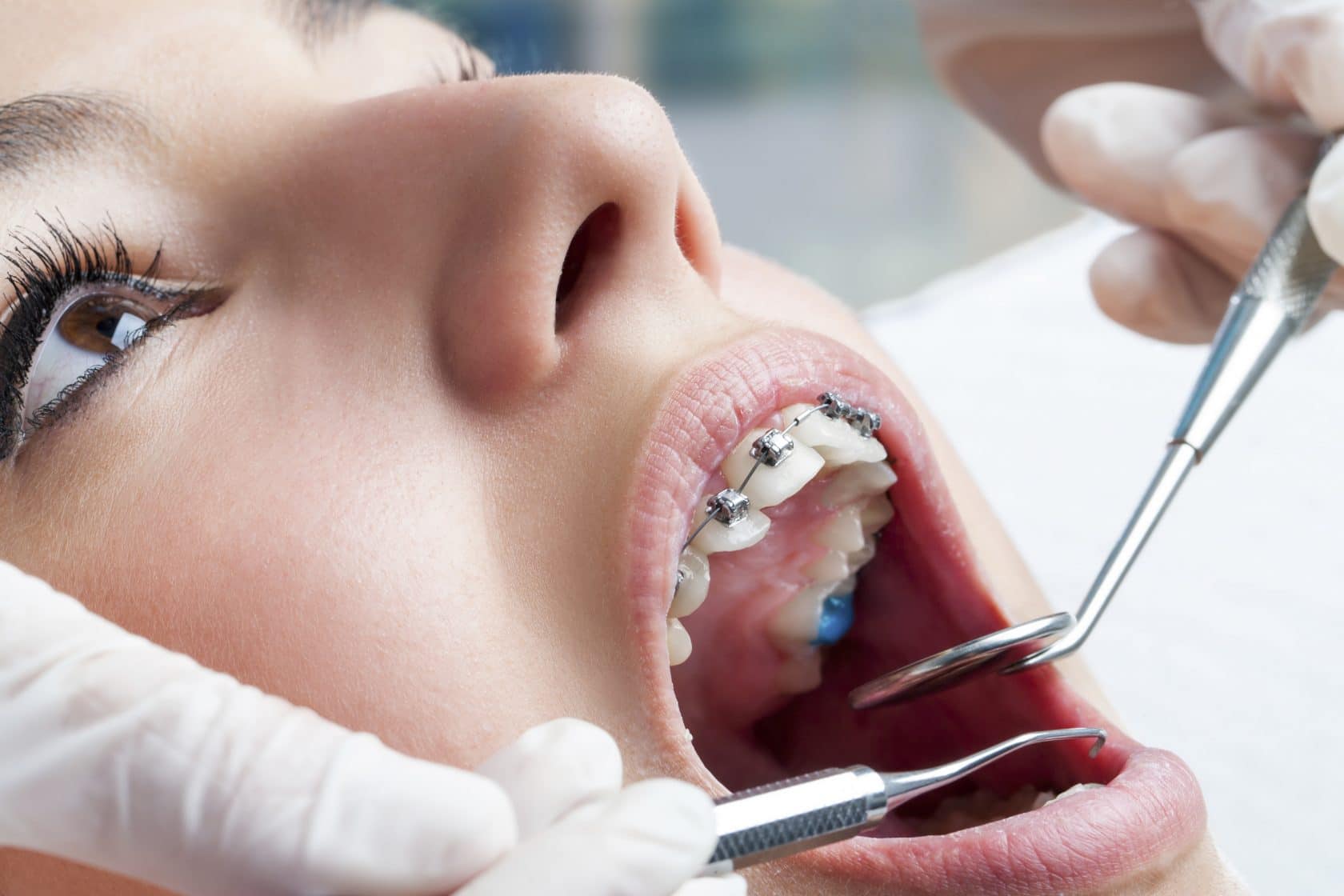Expert Cumming Braces and Aligners: What to Know Prior To You Visit
Wiki Article
Comprehensive Overview to Orthodontics Procedures for Dealing With Dental Imbalances
Comprehending the ins and outs of each treatment, including their devices, advantages, and potential drawbacks, is essential in making notified choices about one's orthodontic treatment. As we browse via the comprehensive guide to orthodontic treatments for dealing with dental imbalances, the intricate information of each approach will certainly unravel, losing light on the course towards a functional and harmonious dental positioning.Orthodontic Procedures Summary

In enhancement to standard braces and clear aligners, orthodontists may also advise other interventions like headwear, palatal expanders, or retainers to deal with specific positioning problems (cumming braces). These procedures are customized to every patient's special needs and might include a mix of treatments to attain the desired outcomes. Regular modifications and monitoring are critical parts of orthodontic therapy to ensure progression is on track and to make any essential modifications in the process. By undergoing orthodontic treatments, people can not only attain a straighter smile yet likewise enhance their total oral health and wellness and feature.
Traditional Braces: How They Work
When taking into consideration orthodontic treatments for oral imbalances, traditional dental braces stand out as a time-tested approach for fixing teeth placing. Conventional dental braces are composed of braces, wires, and bands that function together to apply continual stress on the teeth, slowly relocating them into the wanted alignment.
One secret aspect of exactly how traditional dental braces job is the process of bone makeover. As pressure is put on the teeth through the braces, the bone bordering the teeth is improved to support the new tooth placements. This renovation is essential for the long-term security of the corrected alignment. Individuals will certainly need routine changes at the orthodontist's workplace to ensure the dental braces remain to apply the appropriate stress for effective teeth movement.
Invisible Aligners: Cons and pros
Unnoticeable aligners supply a hassle-free and discreet option to traditional braces for correcting dental misalignments. These clear, tailor-made trays are basically unseen when put on, making them an enticing alternative for individuals seeking a much more visually pleasing orthodontic treatment. One of the primary advantages of invisible aligners is their removability, permitting less complicated upkeep of dental hygiene compared to traditional dental braces. People can get rid of the aligners before consuming or cleaning their teeth, minimizing the danger of food getting embeded the appliance and simplifying the cleaning procedure.
Surgical Orthodontic Options
Surgical treatments in orthodontics existing practical alternatives for addressing complex dental imbalances that might not be properly resolved through traditional orthodontic therapies. While traditional braces and unnoticeable aligners can deal with numerous orthodontic problems, particular cases require surgical intervention to achieve optimum outcomes. Surgical orthodontic alternatives are normally suggested for serious malocclusions, considerable jaw inconsistencies, and situations where the underlying bone structure needs modification to achieve proper alignment.One common surgical orthodontic treatment is orthognathic surgical procedure, which entails rearranging the jaws to remedy useful problems such as difficulty chewing or talking. This surgery is frequently carried out in collaboration with an orthodontist who aids line up the teeth before and after the procedure. Surgical orthodontics might likewise involve treatments to subject impacted teeth, remove excess periodontal tissue, or improve the jawbone to develop a much more unified facial profile.
Prior to taking into consideration surgical orthodontic options, people go through an extensive evaluation to determine the need and prospective benefits of such treatments. cumming orthodontist. While surgery might seem daunting, it can considerably boost both the function and aesthetics of the smile in instances where conventional orthodontic therapies fall short
Retainers and Post-Treatment Care

Post-treatment care includes following the orthodontist's directions faithfully. This may consist of correct dental hygiene methods, participating in follow-up visits, and using the retainers as suggested. Failure to conform with post-treatment treatment guidelines can lead to regression, where the teeth gradually return in the direction of their initial positions. Constant retainer wear, great dental health, and regular dental examinations are important for preserving the outcomes achieved through orthodontic surgical treatment and making certain the long-lasting security of the fixed dental alignment.
Conclusion
To conclude, orthodontic procedures provide various options for fixing dental imbalances. Typical dental braces make use of steel brackets and wires to shift teeth right into correct placement. Undetectable aligners check give an even more discreet alternative yet might not appropriate for all situations. Surgical orthodontic options are available for more serious imbalances. Retainers are commonly made use of post-treatment to keep the new alignment. Overall, orthodontic treatments can properly improve dental health and wellness and visual appearance.As we navigate through the thorough guide to orthodontic treatments for remedying oral misalignments, the intricate information of each method will unfold, dropping light on the course toward a useful and harmonious oral alignment. - orthodontist
One of the most usual orthodontic treatments is the usage of dental braces, which consist of steel brackets and cables that use gentle pressure to progressively shift teeth right into the desired setting.When taking into consideration orthodontic treatments for dental imbalances, traditional discover this braces stand out as a reliable method for remedying teeth placing. Additionally, unnoticeable aligners might not be ideal for complex orthodontic problems that call why not check here for more significant teeth motion, as they are typically recommended for moderate to modest instances. Retainers are custom-made orthodontic tools created to hold teeth in their dealt with positions after the completion of orthodontic treatment.
Report this wiki page